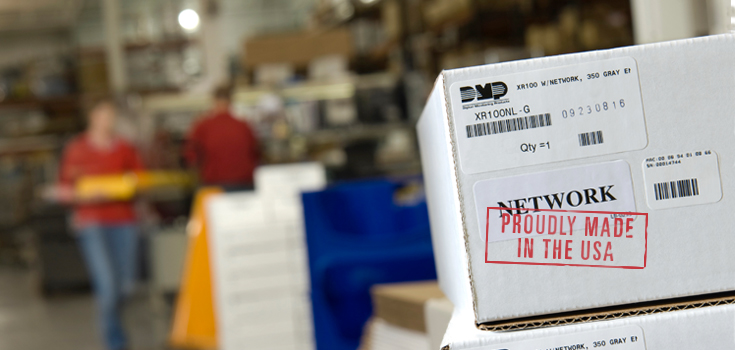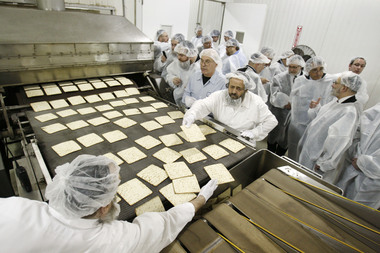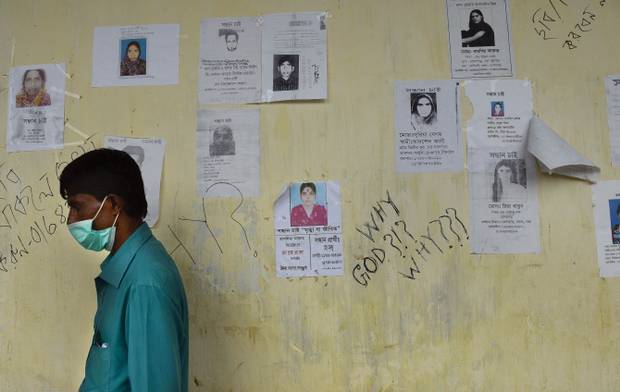As a result, great strides on these issues were made in the U.S. in the 20th century. These efforts culminated in the establishment of the Environmental Protection Agency in December 1970, consolidating 15 components from five agencies for the purpose of grouping all environmental regulatory activities in a single agency.
Since then, the U.S. has developed a comprehensive body of law to protect the environment and prevent pollution. The EPA enforces more than 15 statutes or laws, including the Clean Air Act; the Clean Water Act; the Federal Food, Drug, and Cosmetics Act; the Endangered Species Act; the Pollution Prevention Act; and the Insecticide, Fungicide, and Rodenticides Act. In turn, each of the 50 states has its own body of law to comply with federal laws and regulations.
Cleaning up the nation’s air, water, and land hasn’t come cheap. Since passing these laws, the U.S. government has spent trillions of dollars to clean up and prevent pollution. Individuals, small businesses, and corporations paid the taxes that funded these programs. But businesses were hit with a double whammy. They not only had to pay taxes for the government to carry out its end of these programs, they had to pay cleanup costs for their own sites and buy the equipment to prevent future pollution. In addition, they had to hire and train personnel to implement and maintain mandated pollution prevention systems and procedures.
According to a Census Bureau report “Pollution Abatement Costs and Expenditures,” as a result of a survey of 20,000 plants last conducted in 2005, U.S. manufacturers spent $5.9 billion on pollution equipment, and another $20.7 billion on pollution prevention.
The EPA has achieved some major successes:
• New cars are 98 percent cleaner than in 1970 in terms of smog-forming pollutants.
• Dangerous air pollutants that cause smog, acid rain, lead poisoning have been reduced by 60 percent.
• Levels of lead in children’s blood have declined 75 percent.
• 60 percent of the nation’s waterways are safe for fishing and swimming.
• 92 percent of Americans receive water that meets health standards.
• 67 percent of contaminated Superfund sites nationwide have been cleaned up.
As a result, we now have cleaner air in our cities and cleaner and safer water in our streams, rivers, lakes, bays, and harbors than at any time since the Industrial Revolution began. These vast environmental improvements made in the last 40 years have benefitted every single American.
In contrast, India and China have been getting more polluted in the last 30 years as they have industrialized. Since 2006, Blacksmith Institute’s yearly reports have been instrumental in increasing public understanding of the health impacts posed by toxic pollution, and in some cases, have compelled cleanup work at pollution hotspots. Blacksmith Institute reports have been issued jointly with Green Cross Switzerland since 2007.
Six cities in China and four cities in India were listed in the Blacksmith Institute’s “Dirty 30” of the 2007 report, “The World’s Worst Polluted Places.” This list was based on scoring criteria devised by an international panel including researchers from Johns Hopkins, Harvard, and Mt. Sinai Hospital, along with specialists from Green Cross Switzerland who participated in assessing more than 400 polluted sites.
It’s hard to describe the horrors of pollution in Chinese cities. Imagine living in Xiditou (pronounced shee-dee-tow), about 60 miles east of Beijing, where the Feng Chan River that runs through the town is now black as ink and clotted with debris. The local economy has doubled in just four years, but at a terrible cost. More than 100 factories occupy what were once fields of rice and cotton. These include dozens of local chemical plants, makers of toxins including sulfuric acid, and these factories disgorge wastewater directly into the river. Industrial poisons have leached into groundwater, contaminating drinking supplies. The air has a distinctively sour odor. The rate of cancer is now more than 18 times the national average.
According to the USA Today article, “Pollution Poisons China’s Progress,” of July 4, 2005, “People regard their drinking water as little better than liquid poison, but unable to afford bottled water for all their daily needs, most adults continue to drink it. They buy mineral water only for their children.”
Another horrible location is Tianying, in Anhui province, which is one of the largest lead production centers in China, with an output of half of the country’s total. Low-level technologies, illegal operations, and a lack of air-pollution control measures have caused severe lead poisoning. Lead concentrations in the air and soil are 8.5 to 10 times national standards. Local crops and wheat at farmers’ homes are also contaminated by lead dust, at 24 times the national standard.
The ironic note to these statistics is that China actually has more stringent restrictions on lead than the U.S. The difference is that neither the local nor the national government is enforcing the laws. Residents, particularly children, suffer from lead poisoning, which causes encephalopathy, lower IQs, short attention spans, learning disabilities, hyperactivity, hearing and vision problems, stomachaches, kidney malfunction, anemia, and premature births.
Perhaps you would like to live in Wanshan, China, termed the mercury capital of China because more than 60 percent of the country’s mercury deposits were discovered there. Mercury contamination extends throughout the city’s air, surface water, and soils. Concentrations in the soil range from 24 to 348 mg/kg, 16 to 232 times the national standard. To p
ut this into perspective, the mercury from one fluorescent bulb can pollute 6,000 gallons of water beyond safe levels for drinking, and it only takes one teaspoon of mercury to contaminate a 20-acre lake – forever. Health hazards include kidney and gastrointestinal damage, neurological damage, and birth defects. Chronic exposure is fatal.
China is now the largest source of CO2 and SO2 emissions in the world (SO2 causes acid rain). Japan, South Korea, and the northwest region of the U.S. suffer from acid rain produced by China’s coal-fired power plants and higher CO2 readings from easterly trade winds.
The horrific effects of pollution in China and its staggering cost in human life, are a graphic example of why Chinese companies can outcompete American companies – not only because of their disparity in wages, but also because their government does not enforce the same environmental and social standards. As Americans, who place a high value on human life and protecting our environment, we wouldn’t have it any other way. But American manufacturing industries do pay a penalty competing against China.
During China’s rapid industrialization of the last 30 years, the U.S. has spent billions on technologies and equipment to clean up and prevent pollution. China had a golden opportunity to benefit from all the hard lessons learned by developed countries during their own industrialization. If China had purchased the pollution abatement equipment developed in the U.S., their industrialization would not have caused such horrendous pollution. Millions of lives would have been saved!
In the U.S., our landfills wouldn’t be filling up with discarded products from China that are so cheap that it is easier to throw them away than repair them. Wouldn’t it be worth paying more for “Made in USA” products that are higher quality and last longer?
Thus, if you are concerned about global pollution and want to save lives in both China and the U. S., you should choose to buy “Made in USA” products that have been produced in the most non-polluting manner that is technically feasible at present. My next article will take a look at India’s environment.





















